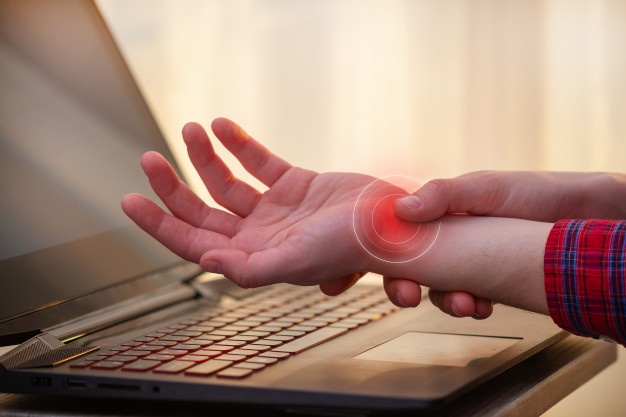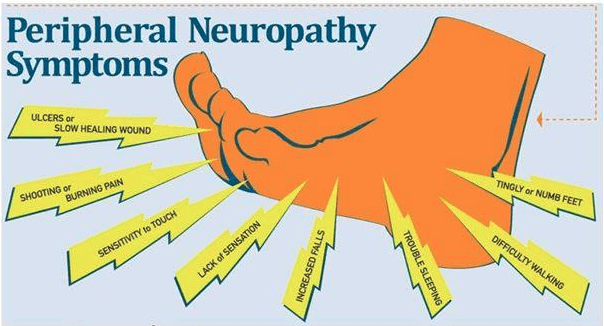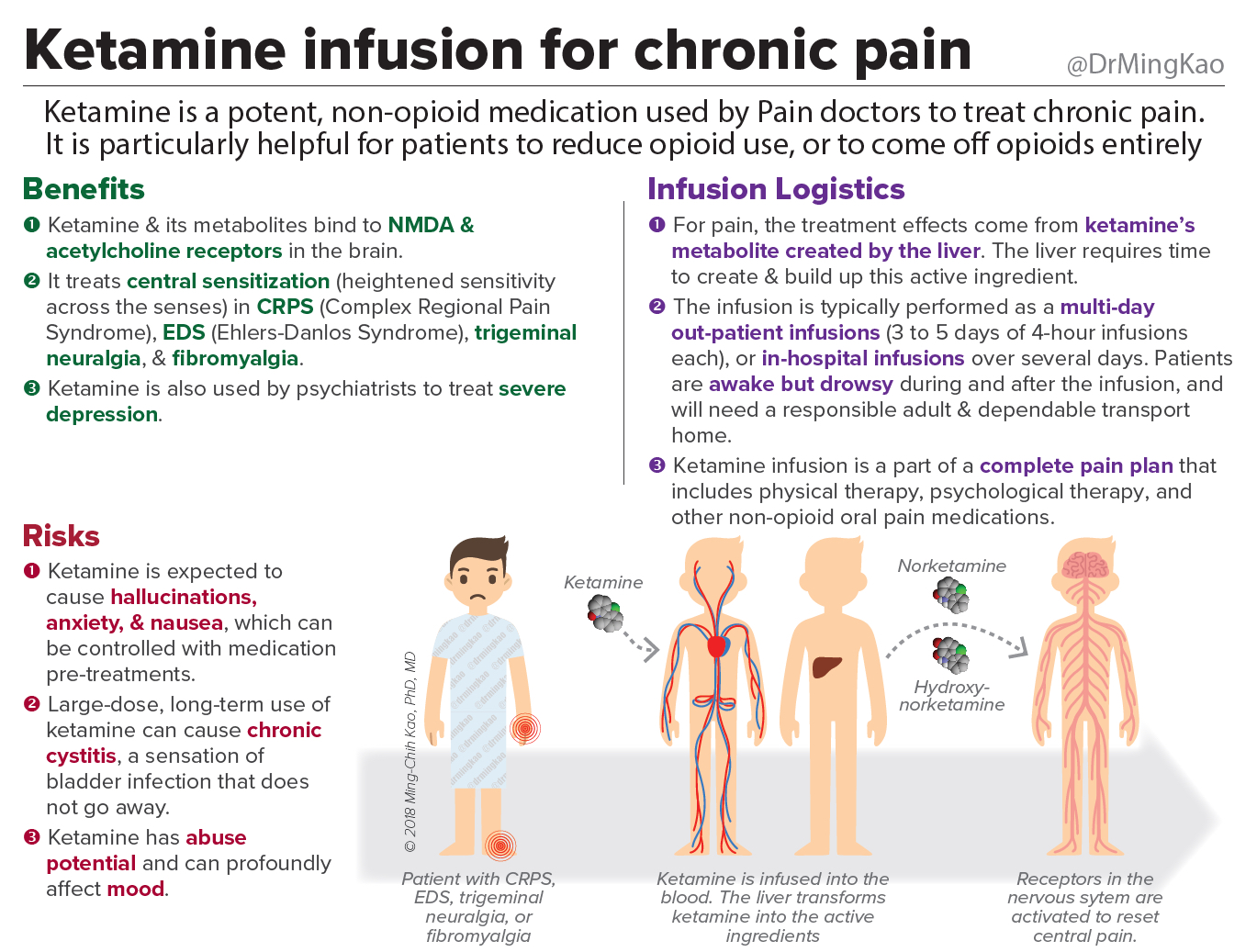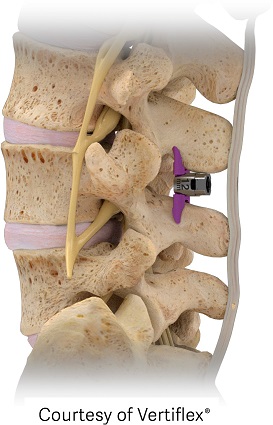Send us an email info@pain-wellness.com
- Home
- About Us
- Our Services
- Conditions Treated
- Procedures Performed
- Cervical and Lumbar Epidural Injections
- Facet Block Injections
- SI Joint Injections
- Rhizotomy
- Sympathetic Blocks
- Spinal Cord Stimulator
- Intrathecal Pump
- Viscosupplementation Injections
- Regenerative Medicine Injections (PRP, Amniotic Fluid, Stem Cells)
- Balloon Kyphoplasty
- Vertiflex
- Vein Ablation
- Ketamine Infusions
- Insurance Accepted
- Testimonials
- Gallery
- Our Blogs
- Contact Us



























